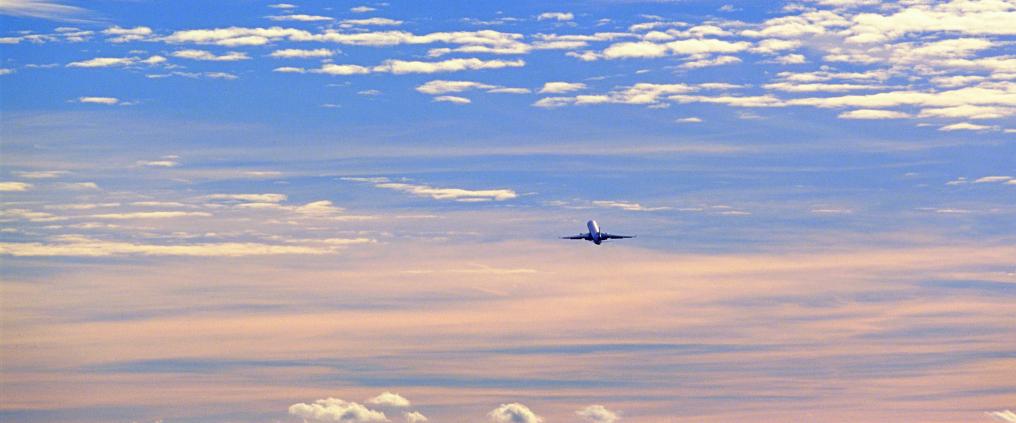In practice, the reform means that airspace structures and flight path routes will change. The reason for the reform is the development of the Single European Sky as a result of which the compatibility of airspaces of the northern European countries will be improved.
Air passengers should prepare for slight delays in air traffic in the first days after the implementation of the airspace reform. These will be caused by the levelling of air traffic peak rush hours in the mornings and afternoons in order to ensure that the reform is smoothly implemented.
Passengers should follow communications from their own airlines. Flight schedule information may also be checked from the “I'm departing”, “I'm arriving”, “I'm dropping off/picking up” pages on the websites of our airports.
“The reform will improve the environmental efficiency of airspace and air traffic, since it will shorten routes, thus decreasing emissions and fuel consumption. In addition, the streamlining of flight paths will shorten flight times in some cases. By harmonising the airspaces of various countries, we aim to make air traffic control more efficient in Europe where it costs twice as much as in the United States. It is a question of supporting the competitiveness of air traffic and ultimately about what ticket prices aircraft can carry passengers at,” says Raine Luojus, Finavia's head of air navigation.
Free Route Airspace next year
The airspace reform will improve the planning and implementation of flights and enable the Free Route Airspace (FRA) to be implemented next year. After implementation, airlines will be able, for example, better optimise the amount of fuel in the aircraft.
During the flight, airlines may rely on aircraft flying the most sensible routes at all times at an optimal flying altitude. However, the airspace reform will not affect the routes of flights arriving and departing at the airports.
“Compared to many other countries, Finnish airspace is already efficient. However, harmonisation of operating models between different countries will help us to achieve benefits at a northern European level. The airspace reform will provide us with an opportunity to implement the free route principle, which will be implemented in the Nordic and Baltic countries in 2015,” says Luojus.
Background of the airspace reform
Finnish airspace was last reformed approximately 15 years ago, so the old structure was fast approaching the end of its life cycle. Traffic flows have significantly changed since the early 2000s and pan-European Single European Sky regulations set their own requirements for the use of airspace.
Finavia's role in the airspace reform as the provider of air navigation has been to present structures for the airspace. These structures have been affected by the change in air traffic flows caused by the reform of the Defence Forces, pan-European flight regulations to be implemented, the requirements of the coming FRA, wind power plant requirements and putting the aircraft navigation strategy into practice.
For its part, the Transport Safety Agency Trafi has drawn up rules for the use of airspace and approved the proposals providing the framework for the operations. The Defence Forces and the Finnish Aeronautical Association have also collaborated closely. Close dialogue has also been conducted with airlines during the preparation of the reform.
“This has taken great efforts from us, and from everyone involved in the preparation, which has taken years. Therefore, we are satisfied to be able to implement the reform now to improve the competitiveness of Finnish air traffic,” says Luojus.
“In addition to commercial air traffic, the airspace reform will improve the operation preconditions of general aviation in Finland by freeing up airspace to be used by general aviation enthusiast. Indeed, they should study the reform in detail,” says Luojus.
After the initial implementation stage, the reform will not affect normal air passengers, but the harmonisation of regulations with other European countries improves the management of special situations like the ash crisis in 2010.



